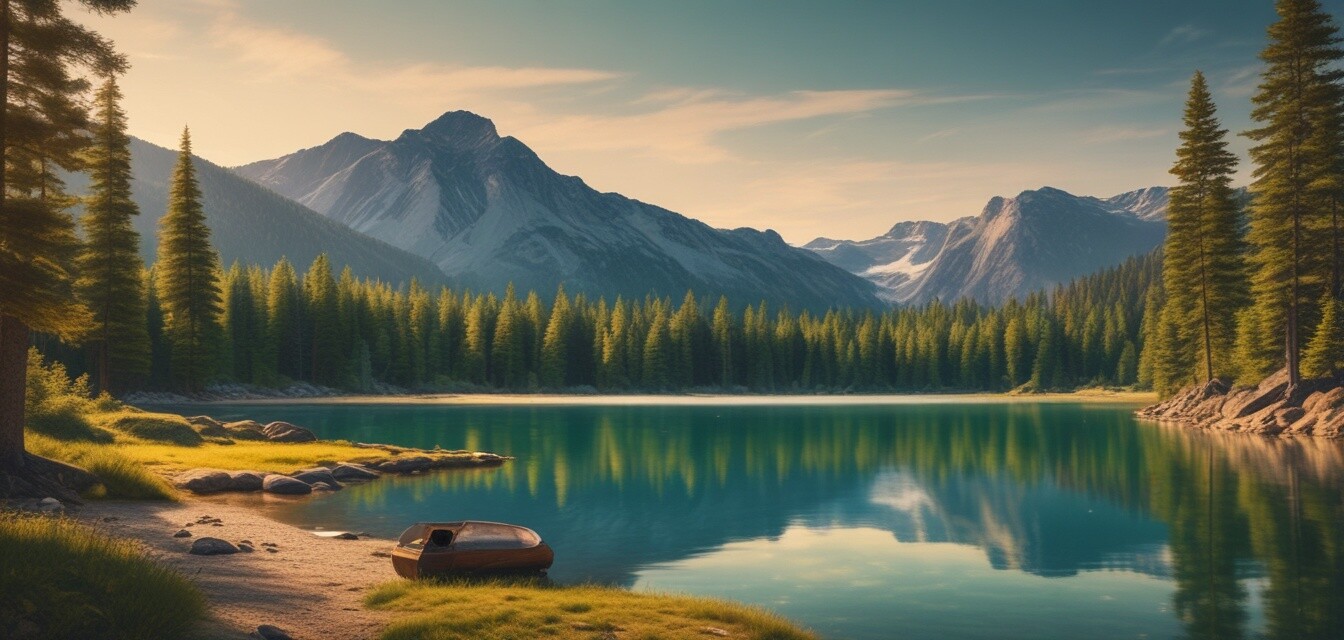
Tips for safe water sources while camping
Key takeaways
- Identify reliable water sources in your camping area.
- Learn different methods to purify water before consumption.
- Understand potential contaminants in natural water sources.
- Always bring necessary water purification tools when camping.
- Stay hydrated to enjoy your camping experience fully.
Camping is a fantastic way to immerse yourself in nature, but it's vital to ensure you have access to safe drinking water. Poor hydration can negatively impact your camping experience. In this guide, we'll explore various water sources you may encounter and how to ensure they're safe for drinking.
Finding safe water sources
When out in the wild, water sources can be found in various forms. Familiarize yourself with the most common types:
| Water Source | Description | Safety Level |
|---|---|---|
| Streams and rivers | Running freshwater that can often be safe if treated. | Moderate |
| Lakes | Standing water that can harbor bacteria and viruses. | Low to Moderate |
| Rainwater | Collected from a clean surface. Generally safe but should be filtered. | High |
| Groundwater (wells) | Deep underground water often safe but varies by location. | High |
Purifying water sources
Even when you find a water source, it’s essential to purify it before drinking. Here are some popular methods to ensure your water is safe:
- Boiling: Boil water for at least one minute (three minutes at higher altitudes).
- Water filters: Use portable filters specifically designed for making water safe.
- Water purification tablets: Add to water and wait for the designated time to purify.
- UV light devices: Effective at killing bacteria and viruses in clear water.
Potential contaminants to be aware of
Understanding what contaminants can lurk in water sources is vital for safety. Here’s a breakdown:
| Contaminant | Source | Health Effects |
|---|---|---|
| Bacteria | Animal waste, human sewage | Digestive issues, infections |
| Viruses | Human and animal waste | Flu-like symptoms |
| Chemicals | Pesticides, fertilizers | Long-term health risks |
| Heavy metals | Industrial runoff | Neurological issues |
Staying hydrated
Proper hydration is critical during outdoor adventures. Here are some easy tips to remember:
- Carry enough water for your trip.
- Drink regularly, not just when thirsty.
- Consider using a hydration pack for easy access while hiking.
Beginners’ tips for sourcing water
- Plan your water sources ahead of time using maps.
- Practice purification methods at home.
- Join camping forums to learn from other campers’ experiences.
- Know your surroundings: various terrain can affect water quality.
Pros
- Provides necessary hydration.
- Helps maintain energy levels.
- Enhances overall camping experience.
Cons
- Not all water sources are safe without treatment.
- Purification can require extra gear and time.
Conclusion
Finding and purifying safe water sources while camping is essential for a successful outdoor adventure. By investing time in learning these skills, you can ensure proper hydration and health while enjoying nature. For more practical advice on camping techniques, visit our Camping Tips and Tricks section. Happy camping!